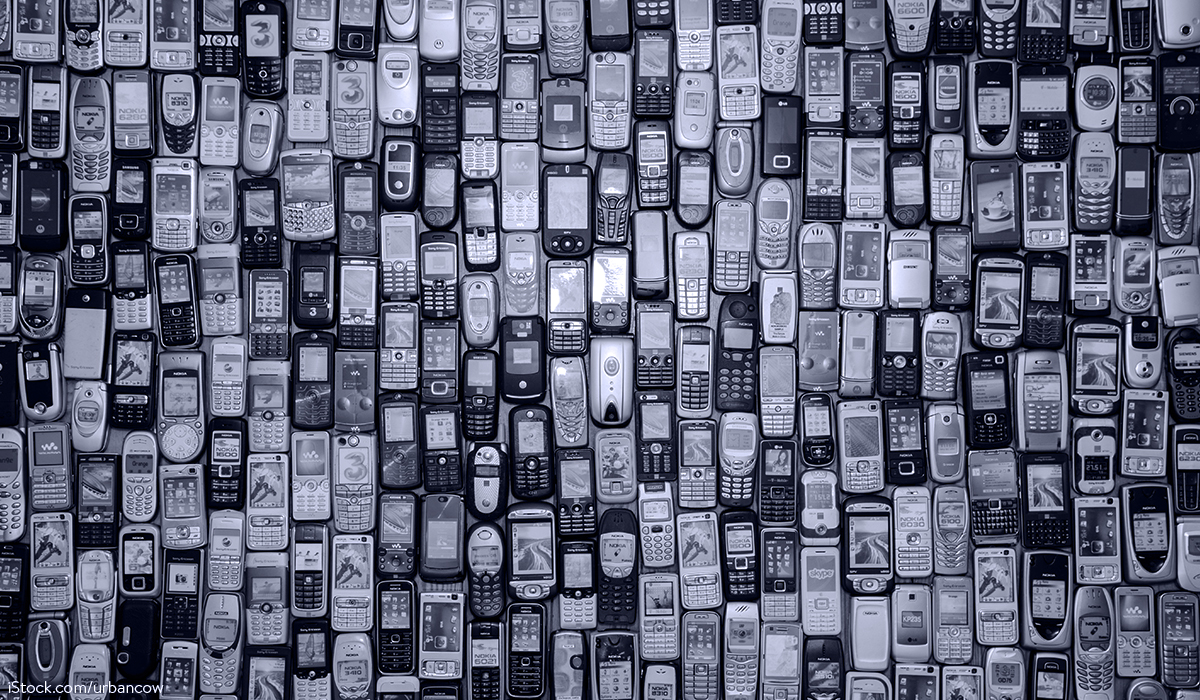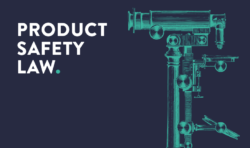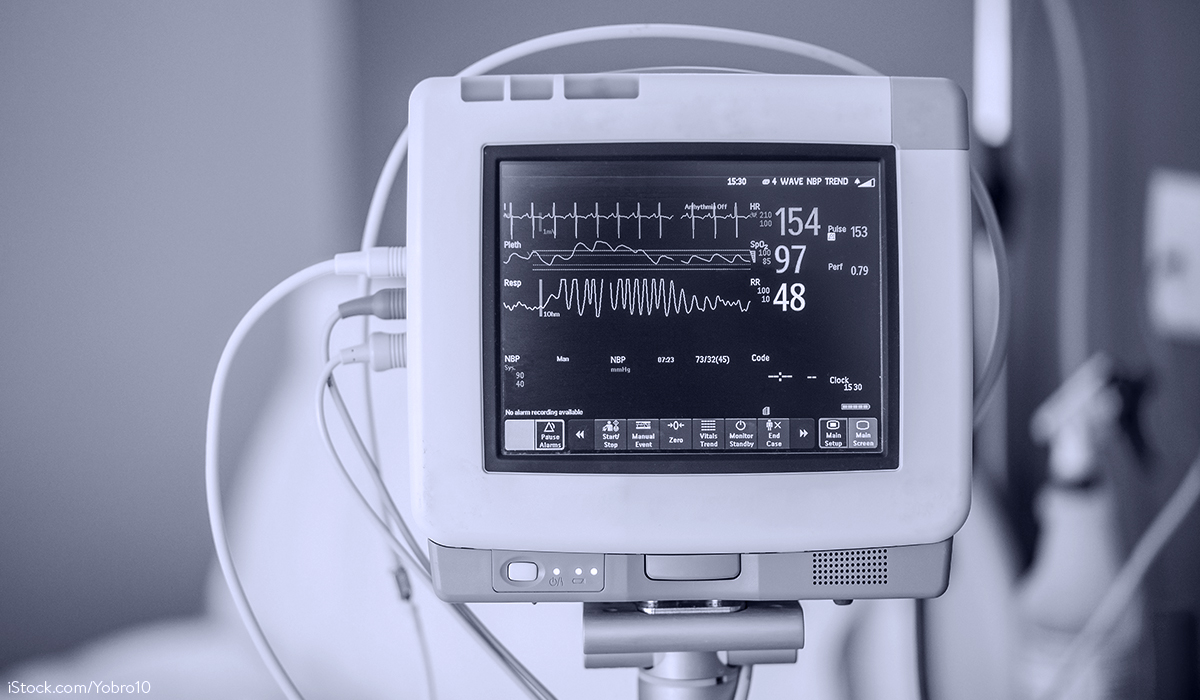According to the European Commission, approximately 420 million mobile phones and other portable electronic devices were sold across the EU in 2020. Everyone in the EU owns about three mobile phone chargers, only two of which are used regularly. In addition, it is estimated that up to 11,000 tons of electronic waste are generated annually by disposed and unused chargers. This is also due to the fact that chargers often cannot yet be used equally for all devices, even though the number of types of charging interfaces has already been reduced to three by a declaration of intent from the relevant manufacturers in 2009 in this regard.
In light of the EU’s existing measures to reduce e-waste and promote a circular economy, particularly with regard to the WEEE Directive (Directive 2012/19/EU), the EU has also included the aim of standardizing charging interfaces into the so-called European Green Deal in order to reduce the electronic waste generated by the sale of radio equipment and to reduce the raw material use and CO2 emissions associated with the manufacturing, transport and disposal of charging equipment. In its Action Plan for the Circular Economy, the Commission announced initiatives in this context that concern the entire product life cycle, i.e. are geared towards product design and no longer exclusively linked to the waste phase of products, as is currently (still) the case in the WEEE Directive.
In order to achieve this objective, the following amendments to the Radio Equipment Directive are envisaged:
- Harmonisation of the charging interfaces of wired rechargeable mobile phones and similar categories or classes of wireless devices (tablets, digital cameras, headphones, headsets, portable video game consoles and portable speakers) in a new Art. 3 para. 4 of the Radio Equipment Directive. According to the new Annex Ia Part I, it shall be possible to charge the affected devices via the standard USB Type-C connector (EN IEC 62680-1 – Universal serial bus interfaces for data and power – Part 1-3: Common components – Specification for USB Type-CTM cables and connectors). Furthermore, it shall be ensured that the devices, if they have a fast charging function, use at least the same charging protocol. The USB Power Delivery (USB PD) charging protocol is mentioned as the charging protocol to be supported. The idea behind this regulation is that otherwise, i. e. without such a regulation, manufacturers using chargers other than the manufacturer’s own could block or limit the efficiency of these chargers.
- At the same time, the proposal states that further harmonisation will be necessary in the future. Therefore, such harmonisation should already be prepared or made possible by a corresponding regulation on the basis of further technological developments (the regulation should take place in the newly included Art. 3 para. 4 of the Radio Equipment Directive). Above all, this should lead to a harmonisation of any non-wired charging systems. According to the proposal, wireless charging technologies do not yet represent a significant alternative in the current state of the art due to significantly lower performance compared to wired charging technologies. However, once wireless charging technology is able to compete with wired charging technology, harmonisation is needed in this area as well. Such harmonisation will help to achieve the objectives of the proposal in the future.
- In addition, the proposal foresees that end-users are not obliged to purchase a new charger when buying a new mobile phone or similar radio equipment. The economic operator who supplies end-users with radio equipment together with a charger will thus be obliged to unbundle the sales in such a way that each affected product can be purchased without a charger (new Art. 3a of the Radio Equipment Directive).
- In addition, end-users shall receive the necessary information on the charging performance characteristics of a mobile phone or similar radio equipment and the charger to be used with it when purchasing the product (new Art. 10 para. 8 of the Radio Equipment Directive). The information shall be prominently displayed on the packaging or, in the absence of packaging, on the label accompanying the radio equipment. It is expected that this information will have to be provided in the national languages of the Member States where the radio equipment is placed on the market.
The requirements in question are not to have retroactive significance, i.e. they are not to apply to radio equipment placed on the market in the EU before the amended provisions come into force. According to Art. 2 of the proposal, it is currently planned that the new requirements will not enter into force until 24 months after adoption of the proposed amendment in the EU Member States, in order to give the economic operators concerned sufficient time to adapt.
Finally, it should be noted that comparable specifications for uniform chargers are also being discussed in the current legislative process for an EU Battery Regulation. In addition to the devices affected by the Radio Equipment Directive, the Battery Regulation is also intended to harmonise charging interfaces in other areas, especially in the field of electromobility. However, the EU legislator should urgently ensure that the extension of various legal acts to the complete life cycle of the products covered, is designed in such a way that the regulations remain systematically reasonable and coherent. This is clearly no longer the case with a device-related provision in the area of mere battery regulation.
The proposals to amend the Radio Equipment Directive and to amend the related Annexes are available here: Directive and Annexes.
For further reading: Schucht, BePr 2017, 474 ff.; Schucht, PHi 2015, 170 ff.
Do you have any questions about this news, or would you like to discuss the news with the author? Please contact: Dr. Carsten Schucht







